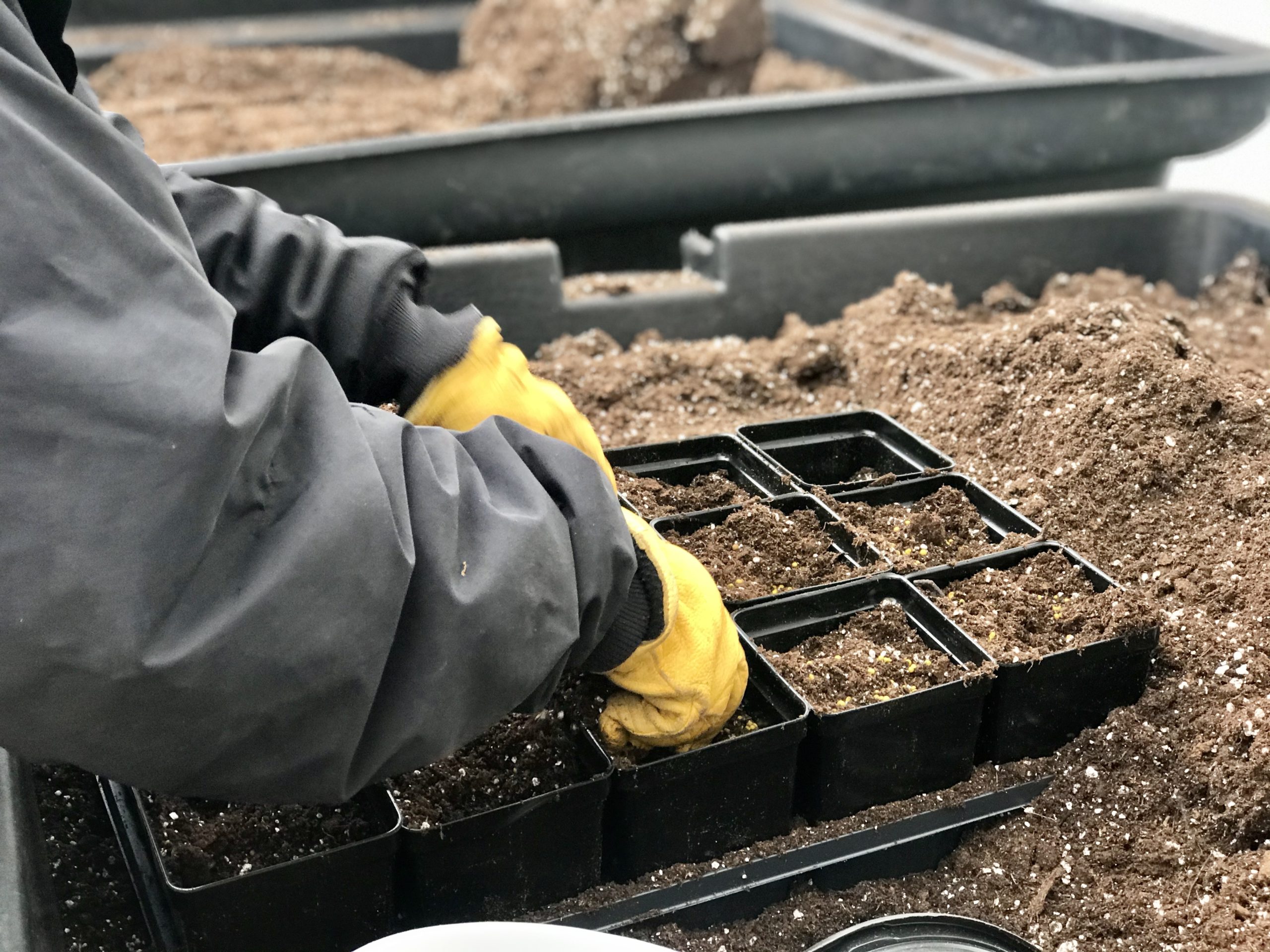

The Sod Question
Make no mistake, we Midwesterners love our lawns! A green carpet for the kids, the dog, and throwing a football. When it’s time to install or improve a lawn, one of the most important questions is SEED, or SOD?
Sometimes there is a simple black & white answer when either budget or time constraints will dictate one or the other, but more often than not, the decision is up to the homeowner. Read on for some short- and long-term considerations that may help guide your decision….
Let’s start with the basics:
Quality SOD is turf grass that is grown on a farm and cut into carpet-like rectangles measuring approximately 2’x4’ or 2’x5’. Wisconsin sod is typically Kentucky Bluegrass, with few exceptions.
Quality SEED is sold in varying blends of multiple species, with some better suited to dry areas, sunny areas, or shady places.
Sod provides a photo-ready finished product and instant gratification. Whether you’re hosting a wedding, or on a timeline from a Homeowner’s Association, or simply can’t wait to run outside, sod may be the best choice.
Seeded lawns take several years to mature. With proper moisture – rain supplemented by watering – germination of grass seed will be excellent. However, it will take several weeks (minimum) before you can walk across the new lawn, and several full seasons before the grass appears mature and established.
Broadleaf weed problems are virtually non-existent in a newly sodded lawn (when high quality sod is used).
Initially, newly seeded lawns will appear to be full of weeds, since weed seed is spread by animals and wind, and can remain dormant in the soil for many years. During the course of development, lawns will continue to thicken and weeds will continue to be reduced.
Sod is significantly more expensive, and can be cost-prohibitive for some projects.
Seed is far more economical.
Sod in Wisconsin is typically predominantly or exclusively Kentucky Bluegrass, grown in ideal conditions on a sod farm. Lawns started with seed are ultimately tougher, because certain species of grass may be sown which cannot be incorporated into sod. Seed blends typically include multiple species of grass, and the species most suitable for your microclimate will come to dominance over the years. Kentucky Bluegrass is also not a good choice for shady areas (fescues and others are far more successful).
With either SOD or SEED, it is absolutely critical to provide adequate moisture. Most new lawn struggles we diagnose are problems caused by a shortage of water.
Before you tackle your project, get those sprinklers ready!
The UW Extension has a fantastic handout that covers some of these topics in greater depth: https://cdn.shopify.com/s/files/1/0145/8808/4272/files/A3434.pdf
Retail Hours
Sun: 10:00am - 3:00pm
Mon: CLOSED
Tue: 9:00am - 6:00pm
Wed: 9:00am - 6:00pm
Thu: 9:00am - 6:00pm
Fri: 9:00am - 6:00pm
Sat: 9:00am - 4:00pm